Weather in Art and Literature: How Artists Have Captured the Elements
Throughout history, artists and writers have been captivated by the power and beauty of the weather. From the gentle brush of a summer breeze to the fury of a raging storm, the elements have served as a source of inspiration for countless works of art and literature. In this article, we will explore how artists have captured the essence of weather in their creations and how it has shaped our perception of the natural world.
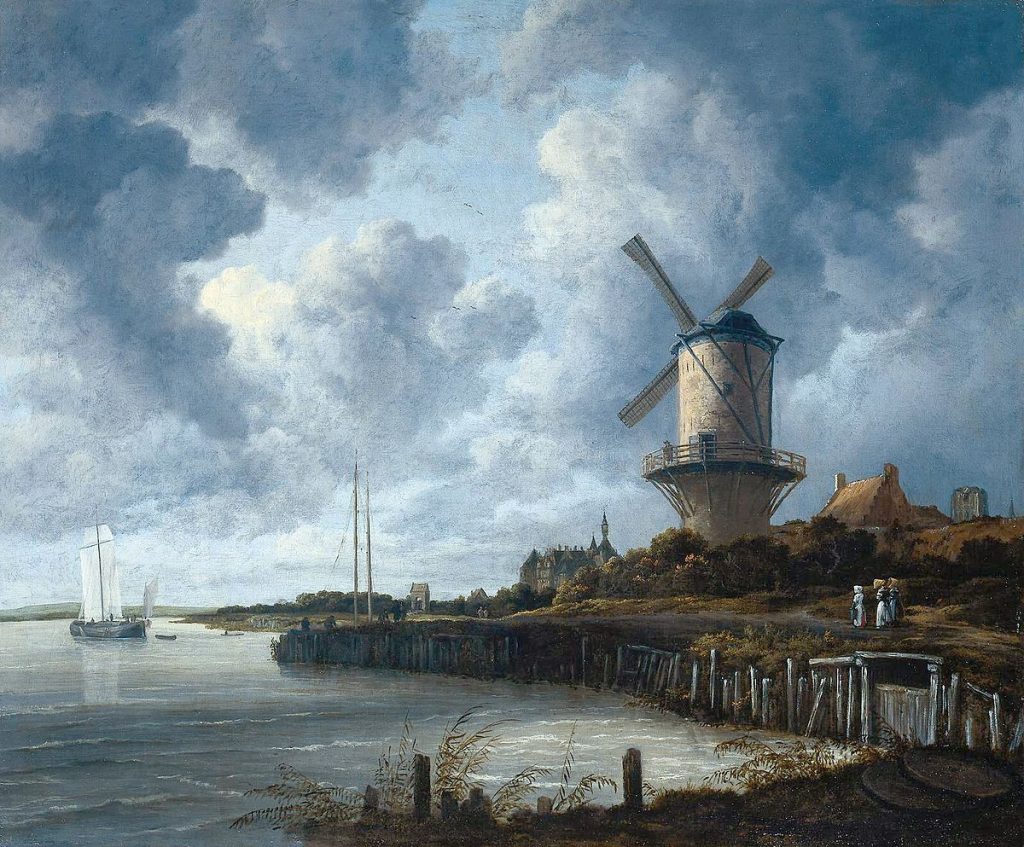
In the realm of visual arts, weather has been a recurring theme for centuries. One of the earliest examples can be found in the works of the Dutch Golden Age painters of the 17th century. Artists like Jacob van Ruisdael and Aelbert Cuyp were renowned for their landscapes that depicted the changing skies and atmospheric conditions of the Netherlands. Ruisdael’s “The Windmill at Wijk bij Duurstede” (1670) showcases a dramatic sky with billowing clouds and a windmill silhouetted against the light, capturing the essence of the Dutch countryside.

The Romantic era of the late 18th and early 19th centuries saw a surge in the representation of weather in art. Painters like J.M.W. Turner and Caspar David Friedrich were drawn to the sublime and awe-inspiring aspects of nature, often depicting turbulent seas, misty mountains, and stormy skies. Turner’s “Snow Storm: Steam-Boat off a Harbour’s Mouth” (1842) is a prime example of his mastery in conveying the raw power of the elements. The painting depicts a steamboat struggling against the fury of the wind and waves, with the sky and sea merging into a vortex of energy.

In “Tornado over the Wilderness” (1831), American painter Thomas Cole captures the terrifying majesty of a twister tearing through a desolate landscape. The canvas is dominated by the swirling vortex of the tornado, its funnel cloud descending from a dark and ominous sky. The twisted forms of trees and debris caught in the wind’s fury emphasize the destructive power of the storm, while a distant bolt of lightning illuminates the scene with an eerie, otherworldly glow. Cole’s painting serves as a reminder of nature’s untameable force and the insignificance of man in the face of such awesome might, a theme that resonated deeply with the Romantic sensibilities of the time.

In “Cottage Destroyed by Lightning” (1777), English artist Joseph Wright of Derby captures the devastating aftermath of a lightning strike on a rural cottage. The painting is dominated by the shattered ruins of the building, its roof and walls collapsed and smoldering in the wake of the powerful bolt. The dark, turbulent sky above is illuminated by a jagged streak of lightning, casting an eerie, unsettling light across the scene. Wright’s use of dramatic chiaroscuro and his attention to the details of the destruction emphasize the raw, destructive power of nature and the fragility of human life in the face of such overwhelming force.
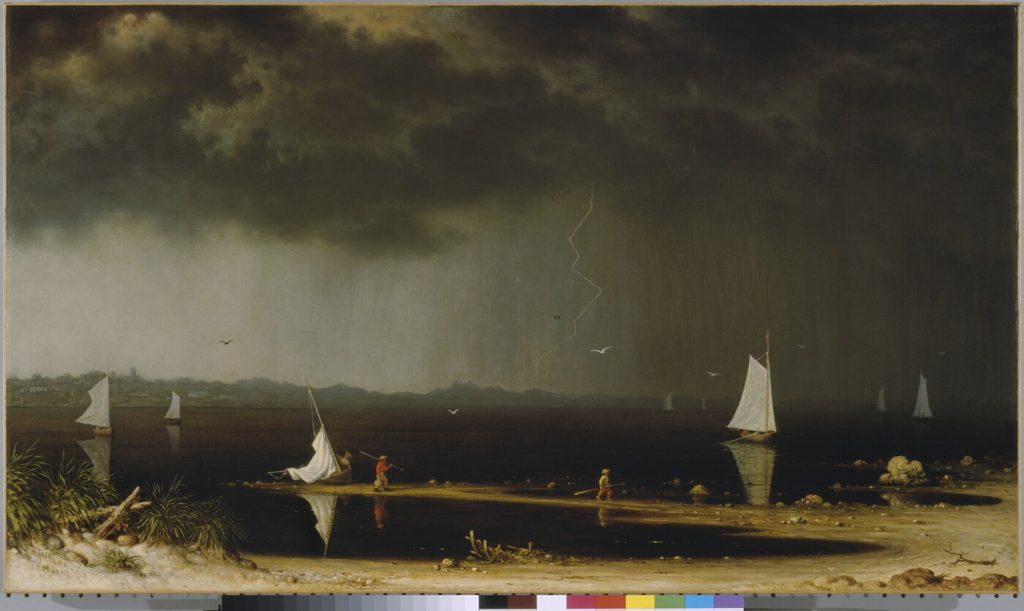
American painter Martin Johnson Heade’s “Thunderstorm on Narragansett Bay” (1868) depicts a dramatic moment during a powerful coastal storm. The canvas is divided between the dark, roiling clouds above and the choppy, wind-whipped waters below, with a distant shoreline barely visible through the haze. A brilliant flash of lightning illuminates the sky, its jagged bolt reflected in the turbulent waves and casting a stark, almost supernatural light across the scene. Heade’s precise, detailed brushwork and his skillful rendering of the atmospheric effects of the storm create a sense of both awe and unease, capturing the sublime beauty and terror of nature’s fury.
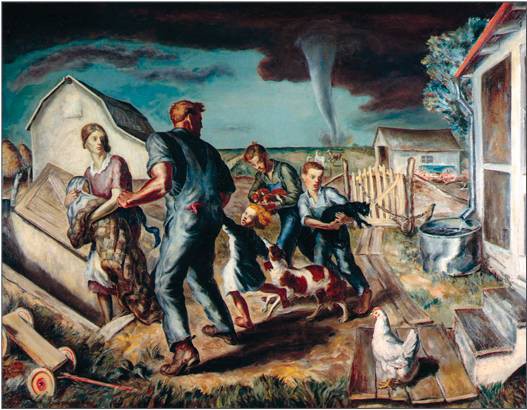
“The Tornado” (1927) by American painter John Steuart Curry. Although Curry was active in the early 20th century, this painting depicts a scene from the previous century. The canvas shows a massive, swirling tornado tearing through a rural landscape, with a farmhouse and barn being ripped apart by the powerful winds. The twister’s funnel cloud is rendered in shades of black and gray, conveying a sense of menace and destruction. In the foreground, a group of figures can be seen seeking shelter, their bodies bent against the force of the wind.
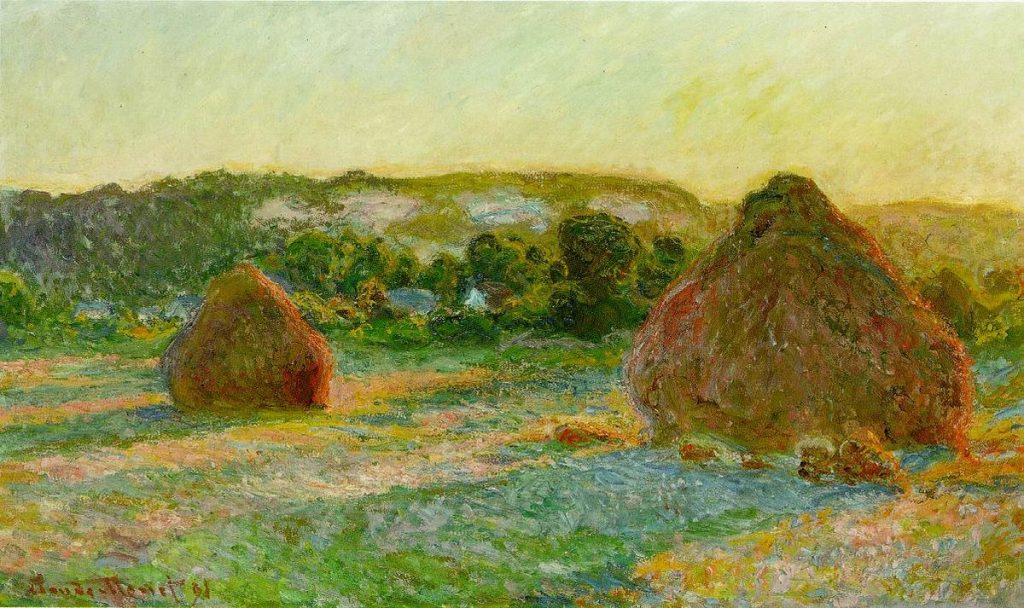
Impressionist painters of the late 19th century were also fascinated by the fleeting effects of light and weather on the landscape. Claude Monet, one of the most prominent figures of the movement, dedicated numerous series to capturing the changing light and atmosphere at different times of the day and in various weather conditions. His “Haystacks” series (1890-1891) depicts the same subject under different light and weather conditions, showcasing how the perception of color and form shifts with the changing elements.

Giorgione’s “The Tempest” (c. 1506-1508) is a masterpiece of Renaissance art that captures the intense drama of a powerful thunderstorm. In this enigmatic painting, a dark and foreboding sky looms over a lush landscape, punctuated by streaks of lightning that illuminate the scene with an eerie glow. The figures in the foreground, a nude woman nursing a child and a soldier standing nearby, appear small and vulnerable against the backdrop of the raging storm, highlighting the awesome power of nature. Giorgione’s use of chiaroscuro, the interplay of light and shadow, adds to the sense of mystery and unease that pervades the painting, inviting the viewer to contemplate the deeper meanings behind this haunting image.

In Rembrandt van Rijn’s “The Storm on the Sea of Galilee” (1633), the Dutch master depicts the biblical story of Jesus calming the storm, capturing the terror and chaos of the moment with his signature mastery of light and shadow. The painting shows the disciples’ boat being tossed about by the turbulent waves, their faces contorted in fear as they struggle against the raging wind and water. Rembrandt’s use of dramatic contrasts, with the dark sky and sea juxtaposed against the bright highlights on the figures and boat, heightens the sense of danger and desperation. The composition draws the viewer’s eye to the figure of Christ, who stands calmly amidst the chaos, his hand raised in a gesture of command, demonstrating his divine power over the elements.
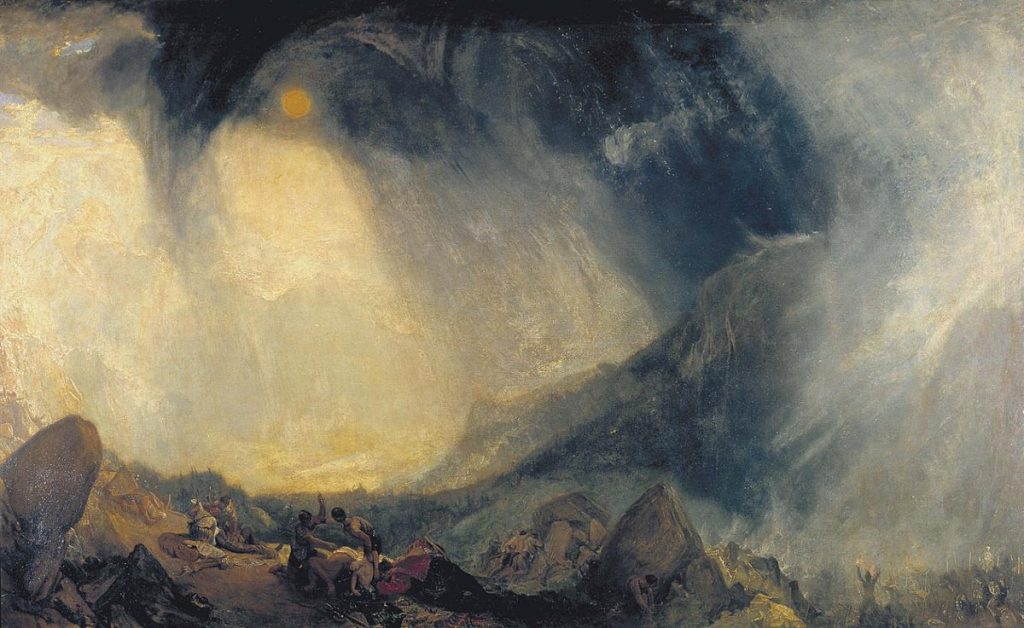
English Romantic painter J.M.W. Turner’s “Snowstorm: Hannibal and his Army Crossing the Alps” (1812) is a powerful example of the artist’s fascination with the sublime forces of nature. The painting depicts the legendary Carthaginian general Hannibal leading his army across the treacherous Alps, battling against a fierce blizzard that threatens to engulf them. Turner’s swirling brushstrokes and pale, almost monochromatic color scheme convey the disorienting fury of the snowstorm, with the tiny figures of Hannibal and his soldiers nearly lost amidst the maelstrom. The painting serves as a testament to the awesome power of nature and the insignificance of human endeavors in the face of such overwhelming might, a central theme of the Romantic movement that Turner helped to define.
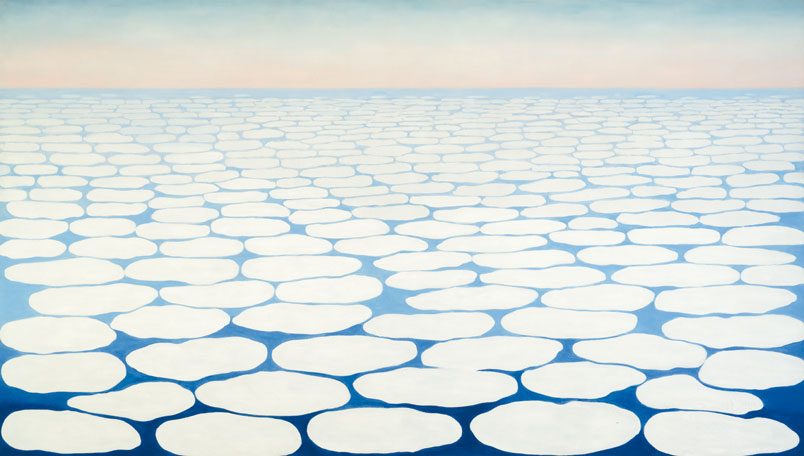
In the 20th century, artists continued to explore the theme of weather in their works. American painter Georgia O’Keeffe, known for her abstract depictions of nature, often incorporated elements of the sky and clouds in her paintings. Her “Sky Above Clouds IV” (1965) presents a vast expanse of clouds viewed from above, inviting the viewer to contemplate the immensity and beauty of the atmosphere.
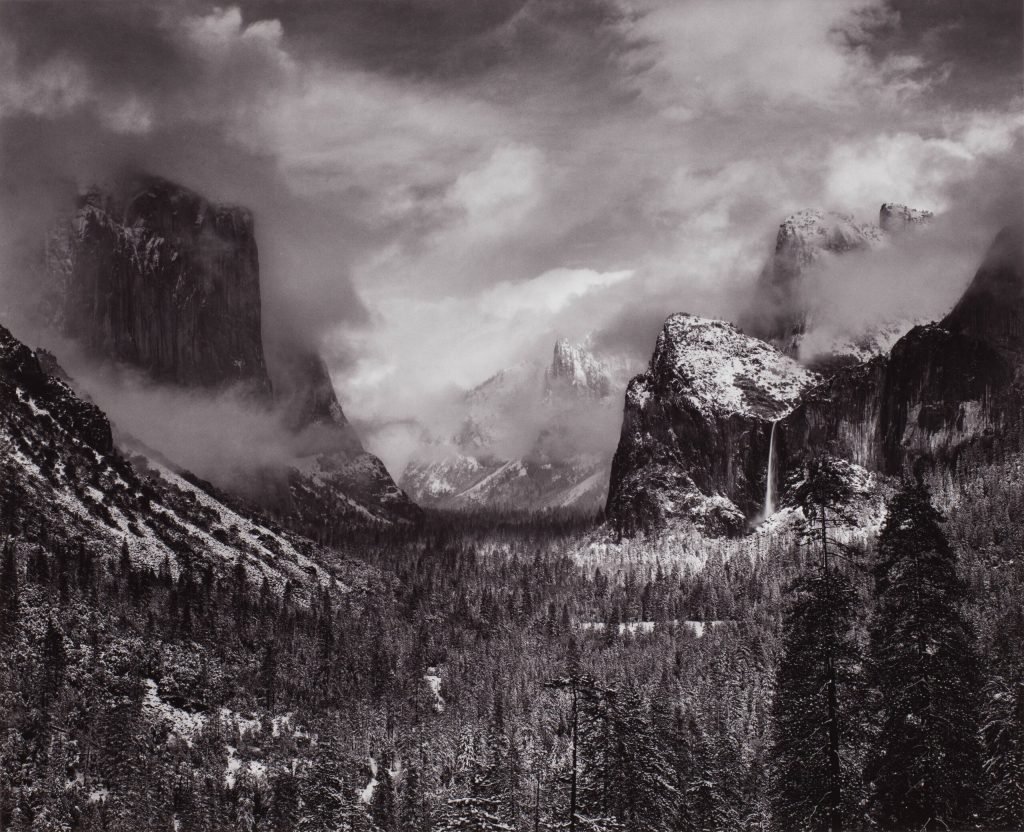
Photography has also played a significant role in capturing the essence of weather. Ansel Adams, one of the most influential photographers of the 20th century, was renowned for his black and white landscapes that often featured dramatic skies and atmospheric conditions. His photograph “Clearing Winter Storm, Yosemite National Park” (1944) depicts the aftermath of a storm, with mist rising from the valley and sunlight breaking through the clouds, creating a sense of tranquility and renewal.

In literature, weather has been used as a powerful tool to set the mood, reflect the emotions of characters, and symbolize deeper themes. Shakespeare frequently employed weather as a metaphor in his plays, with storms and tempests often representing the inner turmoil of his protagonists. In “King Lear,” the raging storm on the heath mirrors the madness and despair of the titular character, while in “The Tempest,” the storm that opens the play serves as a catalyst for the events that unfold.

The Romantic poets of the 19th century, such as William Wordsworth and Percy Bysshe Shelley, often drew inspiration from the natural world and the changing seasons. Wordsworth’s “I Wandered Lonely as a Cloud” (1807) captures the joy and wonder of stumbling upon a field of daffodils on a breezy spring day, while Shelley’s “Ode to the West Wind” (1819) invokes the power of the wind as a force of change and renewal.
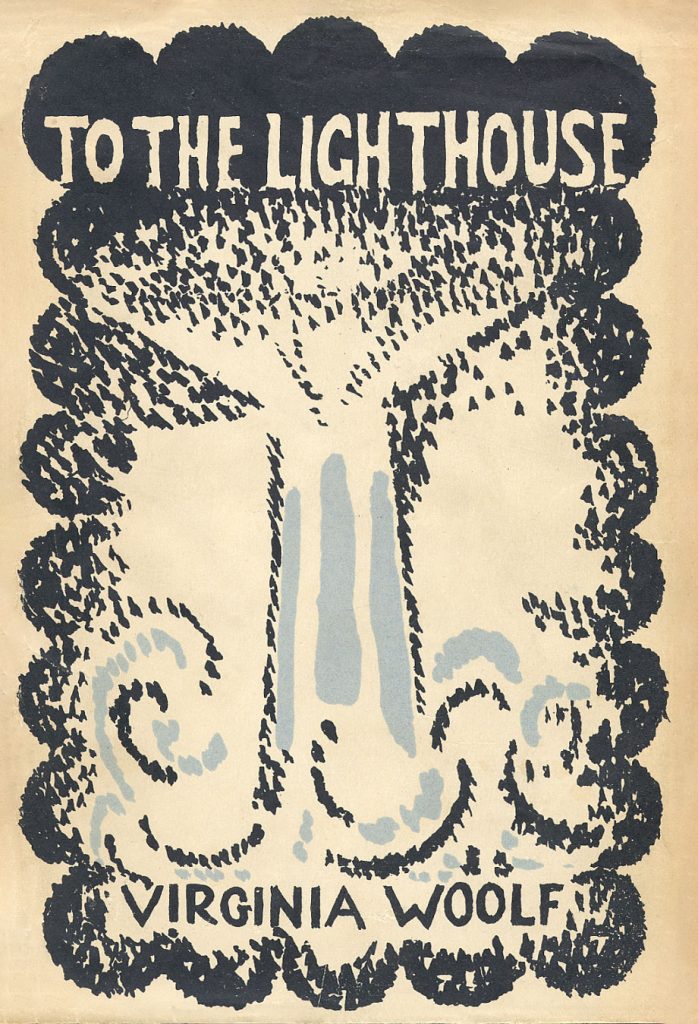
In the 20th century, modernist writers like Virginia Woolf and James Joyce used weather to create atmosphere and reflect the inner lives of their characters. In Woolf’s “To the Lighthouse” (1927), the shifting weather patterns at the seaside mirror the changing dynamics of the Ramsay family, while in Joyce’s “Ulysses” (1922), the city of Dublin is brought to life through vivid descriptions of the weather and its effects on the characters’ moods and actions.
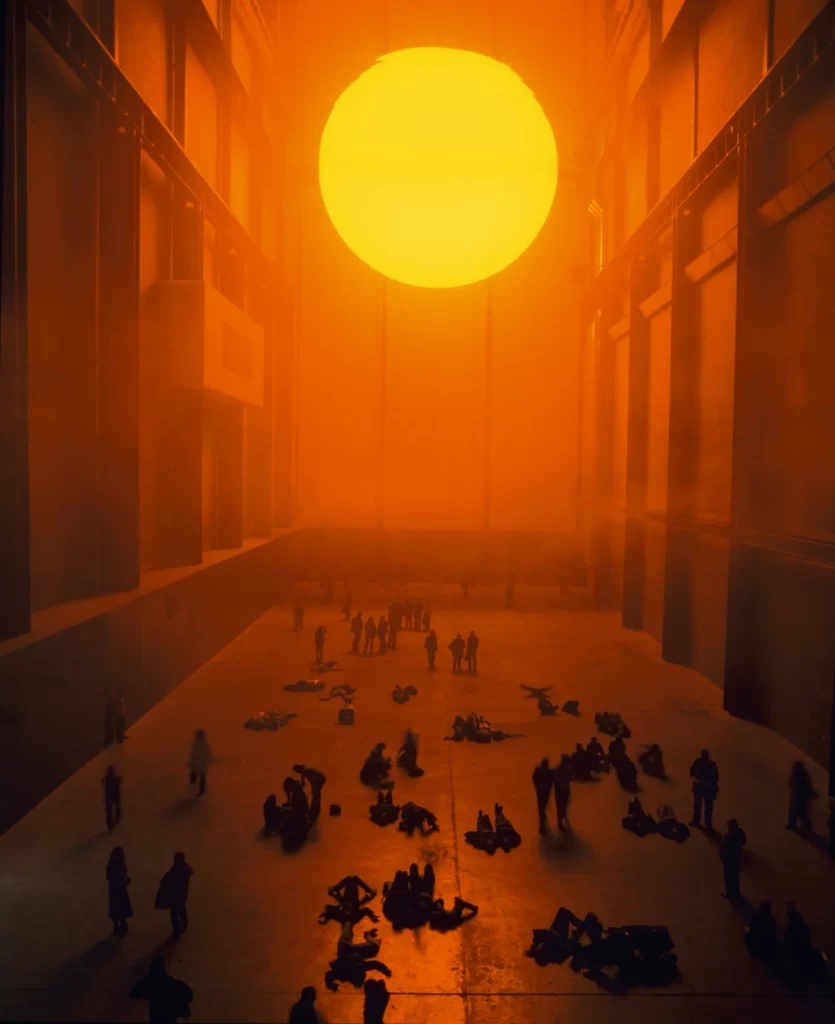
Contemporary artists and writers continue to be inspired by the weather and its many manifestations. In the world of installation art, artists like Olafur Eliasson have created immersive environments that simulate natural phenomena, such as his “The Weather Project” (2003) at the Tate Modern, which recreated the experience of a giant sun in the museum’s turbine hall. In literature, authors like Amitav Ghosh have explored the impact of climate change and extreme weather events on human lives and communities, as seen in his novel “The Hungry Tide” (2004), set in the Sundarbans delta of India and Bangladesh.

The representation of weather in art and literature serves as a reminder of our deep connection to the natural world and the power of the elements to shape our experiences and emotions. Whether captured in paint, pixels, or words, the ever-changing face of the weather continues to captivate and inspire artists and writers, inviting us to marvel at the beauty and complexity of the world around us.
From the gentle brush strokes of the Dutch Golden Age painters to the immersive installations of contemporary artists, weather has been a constant presence in the history of art. It has served as a source of inspiration, a metaphor for the human condition, and a reminder of the awesome power of nature. Similarly, in literature, weather has been used to create atmosphere, reflect the inner lives of characters, and explore deeper themes of change, renewal, and the human relationship with the environment.
